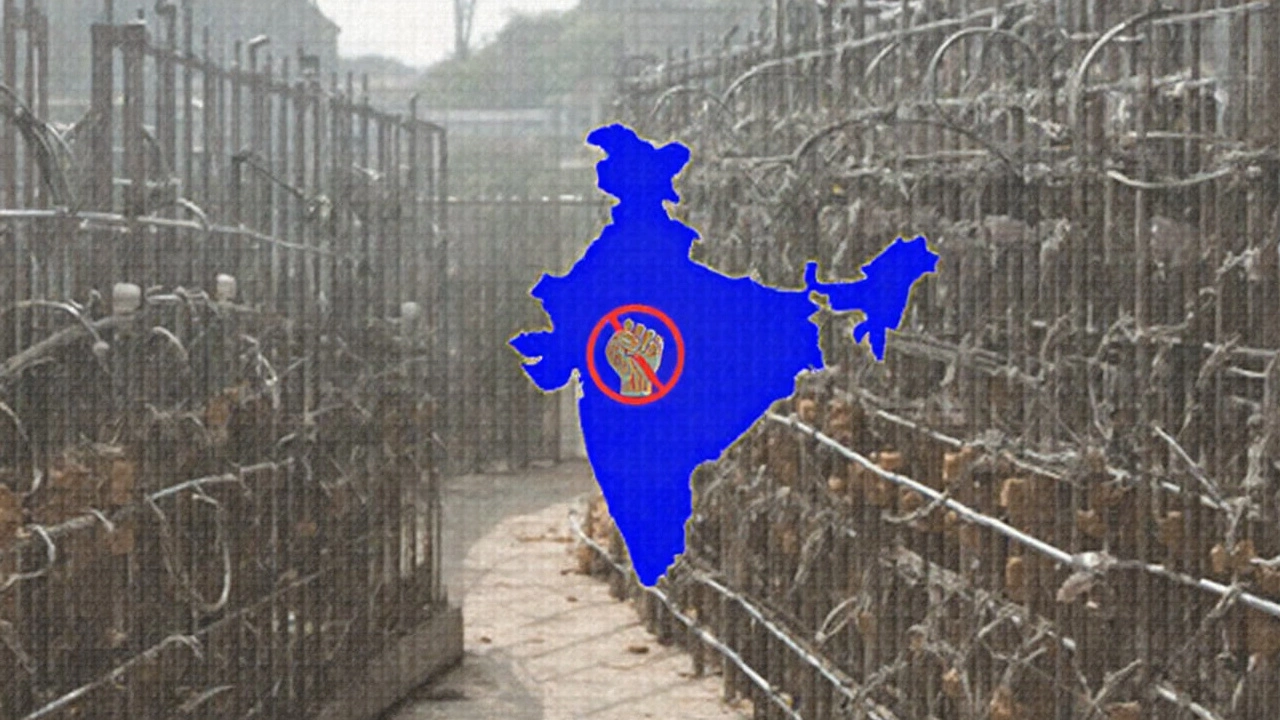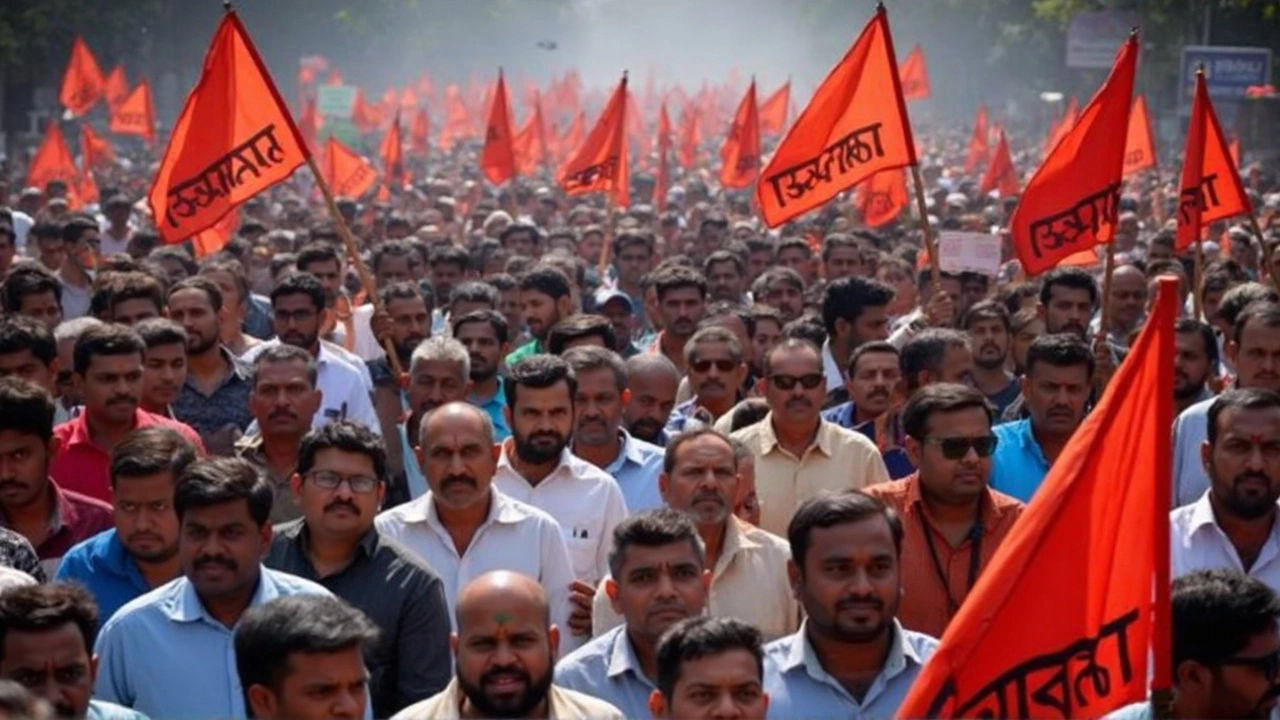India Grinds to a Halt as Bharat Bandh Shakes the Nation
Picture this: banks shuttered, trains at a standstill, post offices closed, and thousands of workers streaming into the streets. July 9, 2025, wasn’t business as usual. This day saw one of the biggest coordinated strikes in India's recent history—Bharat Bandh—where nearly 250 million workers, from city laborers to village farmers, hit pause and made their voices thunderously clear.
The call came from a rare show of unity, as 10 of India’s central trade unions—INTUC, AITUC, HMS, CITU, AIUTUC, and others—joined forces with powerful farmers’ and rural workers’ organizations. Their anger wasn’t vague. For months, frustrations had brewed about the government's sweeping labor reforms, which union leaders claimed chipped away at rights that took decades of struggle to secure. For many, the new labor codes were the last straw.

Labor Codes in the Crosshairs and a Fear of Corporate Dominance
So, what’s at the heart of this sweeping Bharat Bandh? Let’s break it down.
- Four new labor codes passed in Parliament landed at the center of the storm. Workers and unions argued these codes weaken protections for organizing, limit rights to strike, and increase maximum work hours. The sense was unanimous: things could get a lot tougher for both factory workers and anyone in a gig or informal job.
- Then there’s the worry about privatization. Unions saw big banks, insurance firms, and major public industries edging closer to private hands. Outsourcing was making job life unstable, with more staff hired on short-term contracts and old guarantees fading away.
- Perhaps the most bitter pill for young Indians: despite record levels of youth unemployment, government agencies kept rehiring retirees. That meant fresh graduates watched from the sidelines as older workers kept jobs many saw as rightfully theirs. Examples range from the Railways to steel plants and even schools.
- Rural anger was real, too. Farmers and agricultural laborers argued that new policies only deepened poverty back home, with rising costs and squeezed prices making farming look less and less like a way out of hardship.
All this added up to a countrywide strike that hit hard. Banks ran at skeletal capacity. Busy post offices saw deserted counters. Out on the highways, buses stayed parked. In states like West Bengal and Maharashtra, railway tracks turned into mini protest venues, bringing train schedules to a screeching halt. Even the mining and electricity sectors saw partial shutdowns—hardly a regular Wednesday.
What’s really telling is who joined in. This wasn’t just factory workers and government staff. Gig workers, taxi drivers, farmhands, and contract laborers showed up in force. Their stories, from job insecurity to delayed payments and lack of healthcare, pointed to a growing feeling that the system doesn’t have their back.
The government stayed silent through the day—no official word out, not even a press briefing to cool nerves. But the sight of picketing railway staff, striking miners, and farmers camping with placards screamed louder than any speech.
For now, union leaders argue that India’s economic future hangs on what happens next: Will these public demands push Parliament to rethink the labor codes? Is there space for job creation that actually includes young people? And do rural voices finally get a seat at the decision-making table? Right now, those echoes from July 9 linger in every stalled train and locked bank door across the country.
